Firefighting is a profession that requires specialized equipment tailored to combat a wide array of emergencies. Among the arsenal of tools and vehicles utilized by firefighters, one of the most iconic and versatile is the hook and ladder fire truck. From battling towering infernos to executing complex rescue operations, these vehicles are indispensable assets in the hands of firefighters. In this article, we delve into the intricacies of hook and ladder fire trucks, exploring their history, design, functions, and significance in modern firefighting.
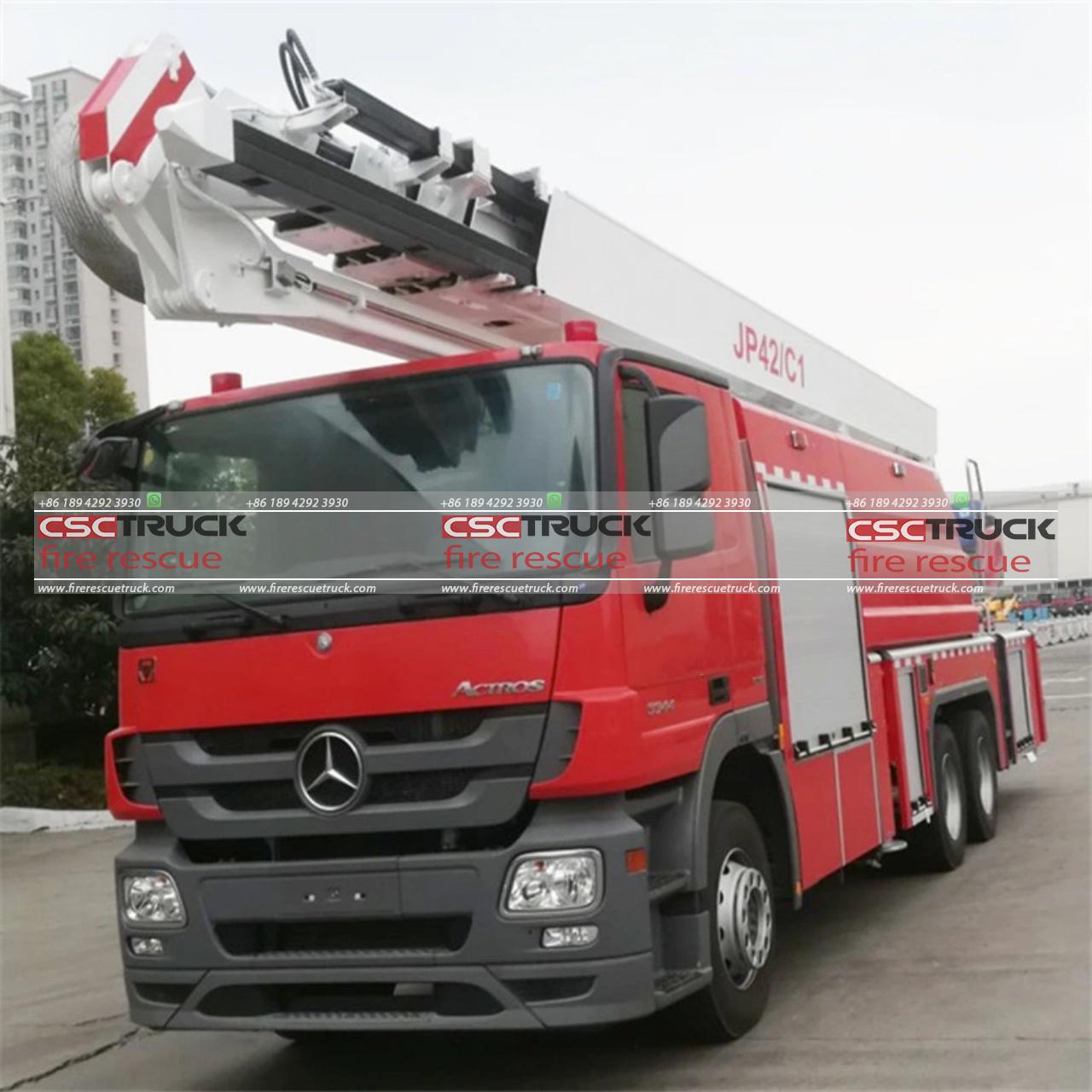
A Historical Overview:
The roots of hook and ladder fire trucks can be traced back to the early days of organized firefighting. Historically, these vehicles were drawn by horses and featured long, extendable ladders with hooks on the ends. Their design allowed firefighters to access upper levels of buildings and navigate through narrow streets, crucial for combating fires in densely populated urban areas. The introduction of mechanized vehicles replaced horse-drawn apparatus, but the fundamental design and purpose remained unchanged.
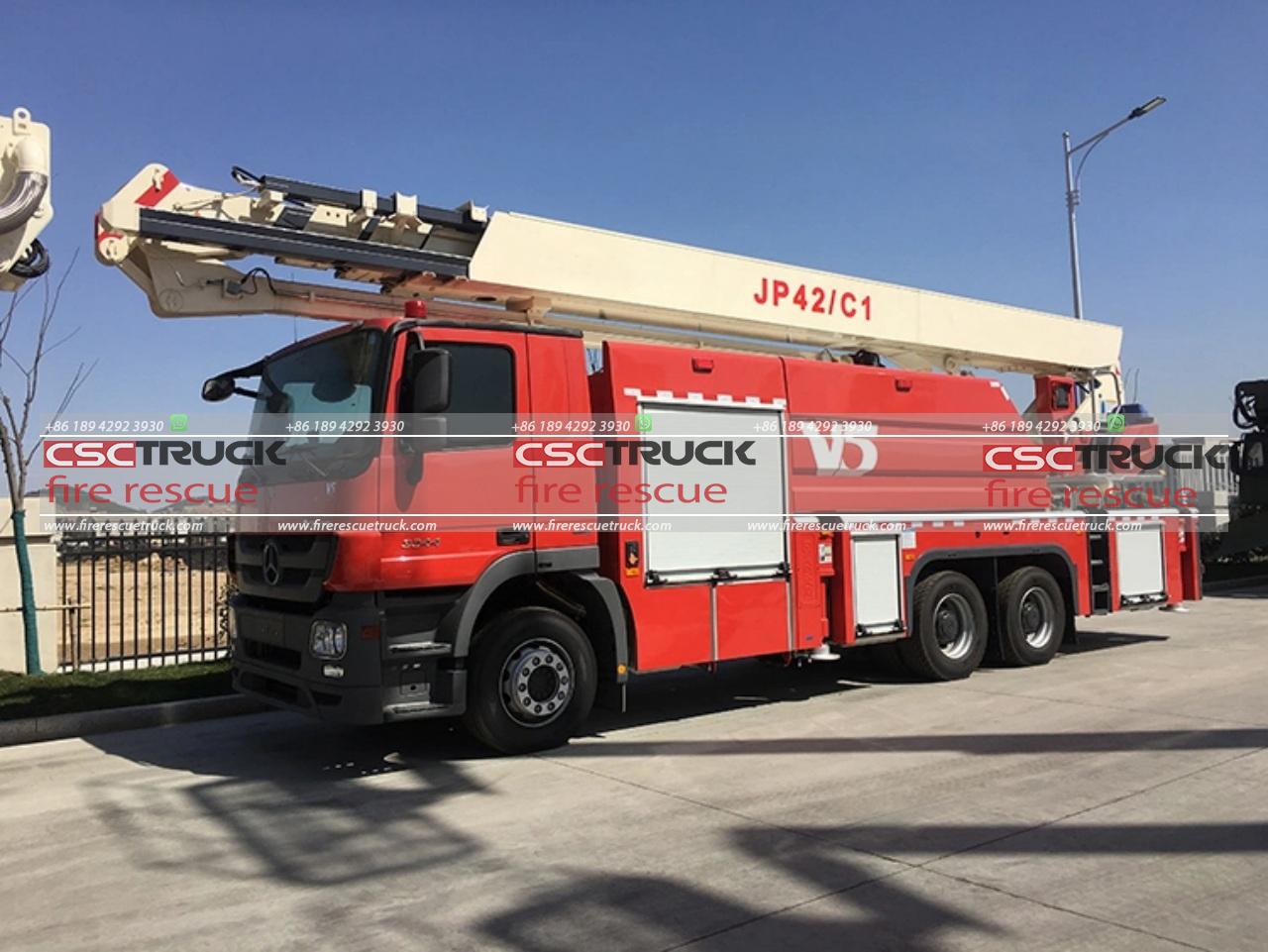
Design and Components:
Modern hook and ladder fire trucks are marvels of engineering, equipped with a range of specialized features tailored to meet the demands of firefighting and rescue operations. The defining feature of these trucks is the articulated ladder mounted on a turntable at the rear of the vehicle. This ladder can extend to impressive heights, providing access to tall buildings and structures.
In addition to the ladder, hook and ladder trucks are equipped with an array of tools and equipment essential for firefighting and rescue missions. This includes hydraulic rescue tools, such as the Jaws of Life, used for extricating individuals trapped in vehicles or collapsed structures. Other equipment may include ventilation fans, forcible entry tools, lighting systems, and specialized ropes and harnesses for high-angle rescue operations.
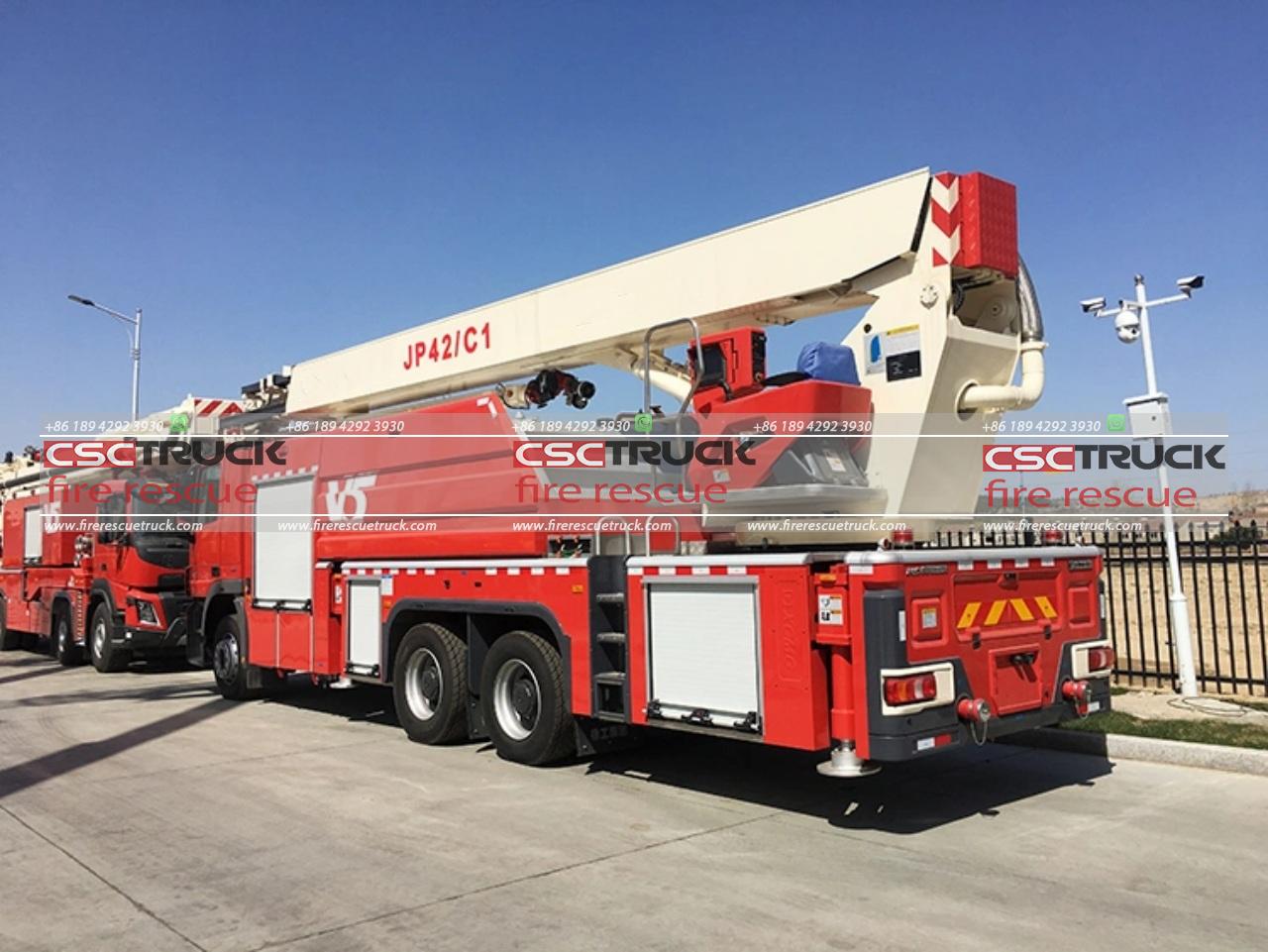
Functions and Utilization:
The versatility of hook and ladder fire trucks makes them indispensable in a variety of emergency scenarios. Their primary function is to provide access and egress for firefighters working at height, allowing them to conduct search and rescue operations, ventilate structures, and apply water streams from elevated positions.
During firefighting operations, hook and ladder trucks often serve as command centers, coordinating the efforts of multiple firefighting teams and providing support functions such as aerial water delivery. Their maneuverability and reach make them invaluable assets in navigating congested urban environments and accessing difficult-to-reach locations.
In addition to firefighting, hook and ladder trucks are frequently deployed in specialized rescue operations, including high-angle rescues from buildings or cliffs, trench rescues, and confined space extrication. The versatility of these vehicles enables firefighters to adapt to a wide range of emergency scenarios, ensuring a swift and effective response to any situation.
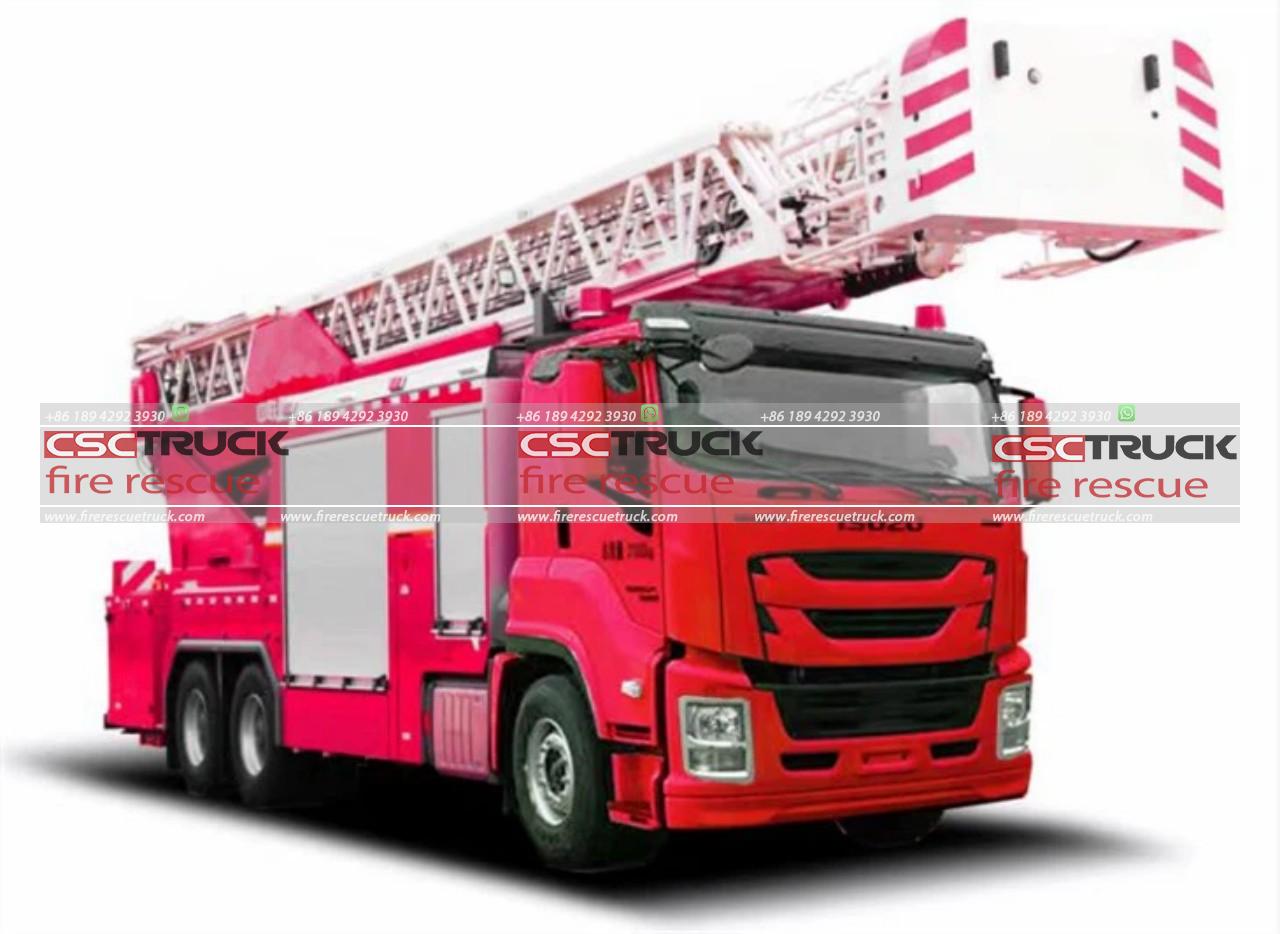
Significance in Modern Firefighting:
Despite advancements in technology and the introduction of specialized firefighting equipment, hook and ladder fire trucks remain indispensable in modern firefighting operations. Their ability to provide access to elevated positions, conduct rescue operations, and support firefighting efforts from above makes them essential components of any fire department’s fleet.
Moreover, hook and ladder trucks play a crucial role in community outreach and education initiatives. Fire departments often use these vehicles for public demonstrations and educational events, showcasing their capabilities and raising awareness about fire safety and prevention. By engaging with the community and promoting fire safety practices, firefighters help reduce the risk of emergencies and enhance public safety.
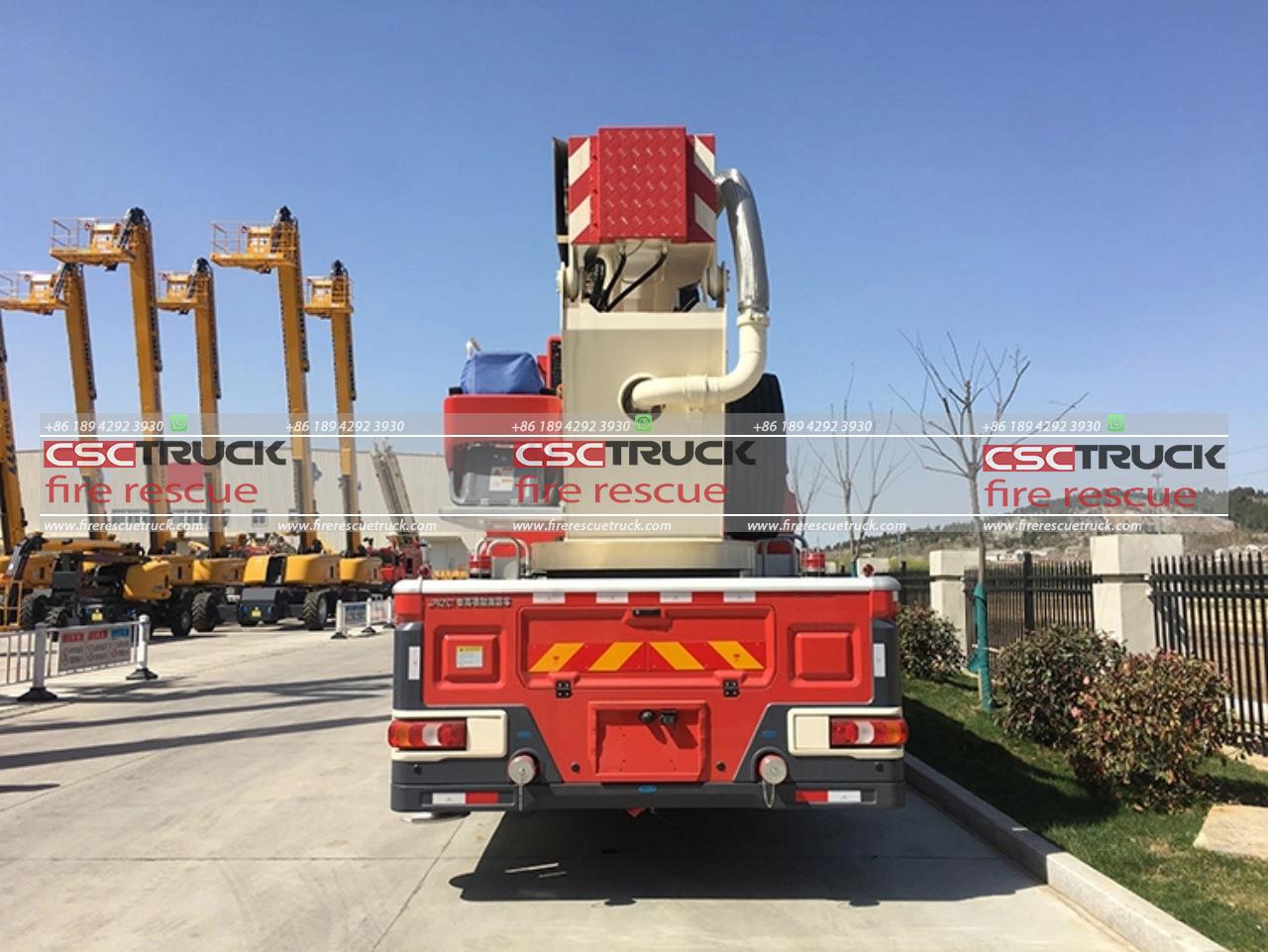
Conclusion:
In conclusion, the hook and ladder fire truck stands as a symbol of the firefighting profession’s commitment to protecting lives and property. From its humble origins to its modern incarnation, this iconic vehicle has evolved to meet the ever-changing demands of firefighting and rescue operations. With its versatility, maneuverability, and array of specialized equipment, the hook and ladder truck remains an indispensable asset in the arsenal of firefighting agencies worldwide, ensuring a swift and effective response to emergencies wherever they may occur.







